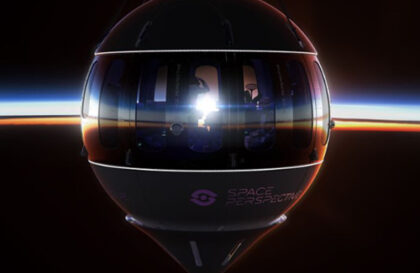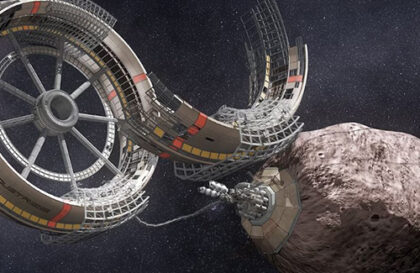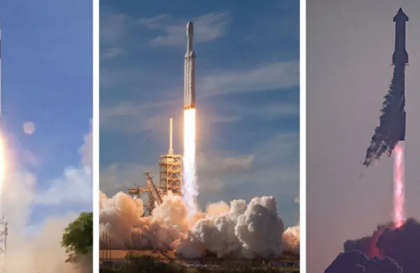Assuming all arrivals go to plan, the first launch of the Atlas V successor will take place on December 24.
If all goes as planned, the upcoming holiday season will be even more joyful for space enthusiasts.
On October 24, United Launch Alliance (ULA) announced they intend to unveil their new Vulcan Centaur rocket on Christmas Eve. This new rocket replaces ULA’s Delta IV and Atlas V rockets.
The upcoming mission, named Certification-1 or Cert-1, will begin its journey from the Space Force Station located at Cape Canaveral in Florida. Cert-1 is a more daring and exciting endeavor than the usual test flight. The expedition will mark the maiden voyage of Peregrine, a robotic lunar lander built by Pittsburgh-based Astrobotic. The Peregrine falcon will make its first-ever mission to our celestial neighbor, the Moon.
Vulcan Centaur’s leading platform is equipped with two BE-4 engines manufactured by Blue Origin, an aerospace company founded by Jeff Bezos. These engines run on a combination of liquid oxygen and liquid methane, a similar fuel source to SpaceX’s Raptor, which powers the massive Starship.
Aerojet Rocketdyne-built RL10 hydrogen-powered engines power the booster stage of the new ULA rocket. In addition, the Vulcan Centaur can be equipped with solid rocket boosters (SRBs) to increase launch thrust. The number of SRBs added depends on the specific mission requirements, ranging from two to six. According to specifications listed on the ULA Vulcan Centaur website, the most dominant version of this spacecraft, which boasts six SRBs, can transport up to 60,000 pounds (27,200 kilograms) of cargo into low Earth orbit (LEO).
The payload capacity of the spacecraft in question is nearly equivalent to that of ULA’s Delta IV Heavy, which is scheduled to be decommissioned within the following year. It also exceeds the maximum payload capacity of the most reliable Atlas V model, which can lift 41,570 pounds (18,500 kg) into low Earth orbit. Atlas V is expected to continue operating until around 2030.
Completion of Certificate-1 should have already taken place. ULA originally intended to launch the mission in May, but that plan was canceled due to an accident. On March 29, Centaur’s upper stage exploded during a test at the Marshall Space Flight Center in Alabama.
In June, ULA decided to retire the Cert-1 Vulcan Centaur rocket, which had already been equipped with a pre-flight engine at Cape Canaveral. To collect fragments of the missile tanks, the upper part of the Centaur was transported back to the company’s plant in Alabama.
Cert-1 was initially planned to launch the first two test satellites for Amazon’s Project Kuiper Internet group. Due to the delay, Amazon launched two spacecraft on the Atlas V instead. The Atlas V successfully deployed the satellites into orbit on October 6.
There are currently no apparent issues with Cert-1. However, ULA is gearing up for its upcoming launch, which is less than two months away.
Banner image: Vulcan Centaur. Credit: ulalaunch.com.
Image credit: https://hsvchamber.org






